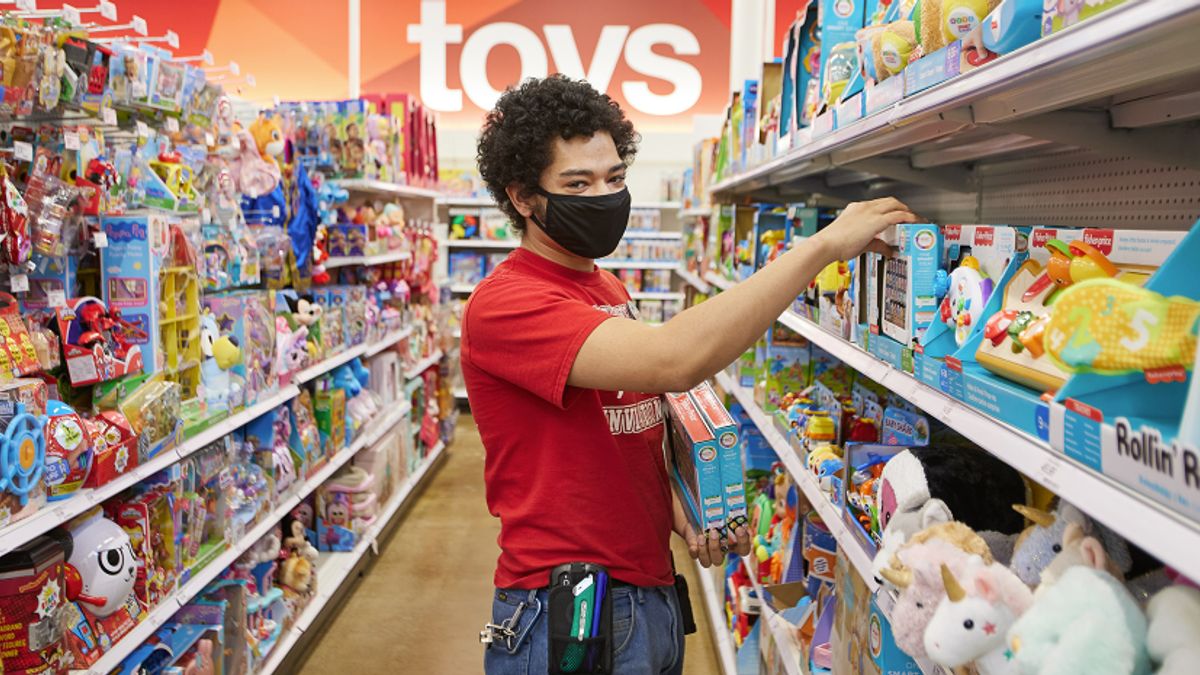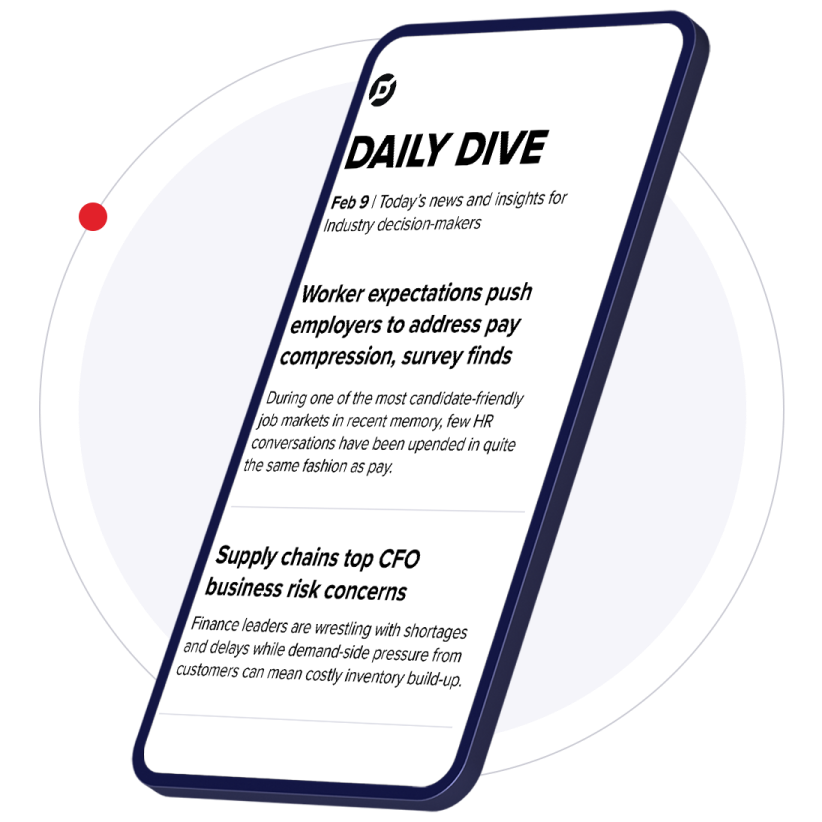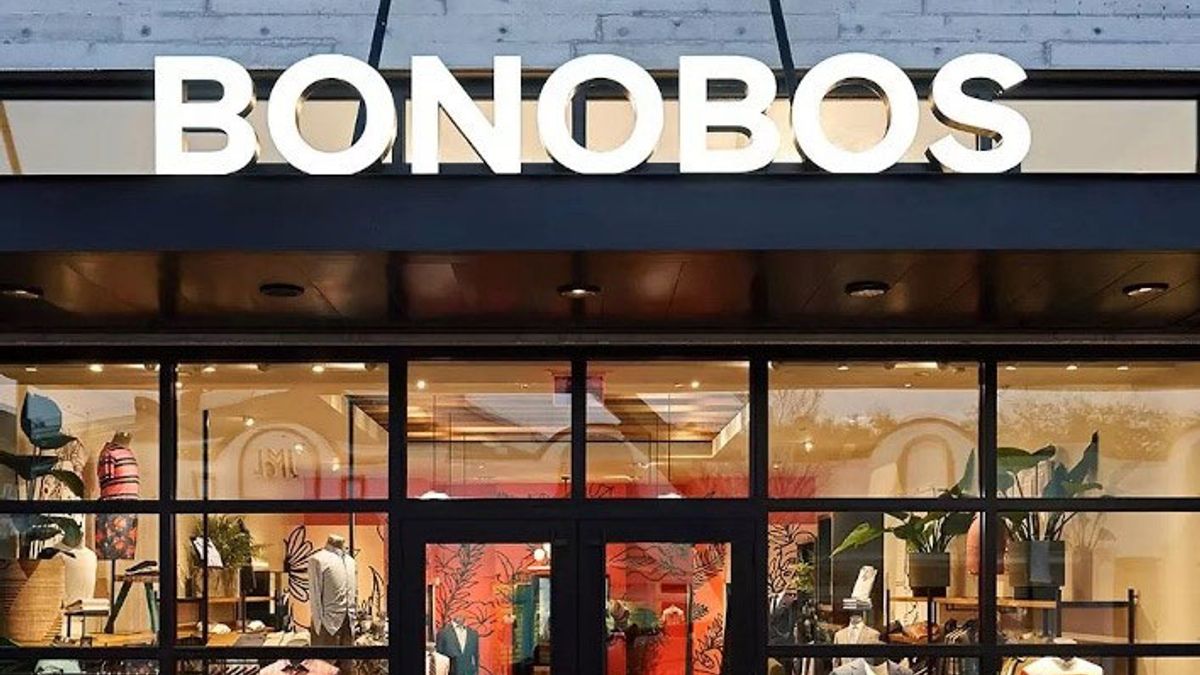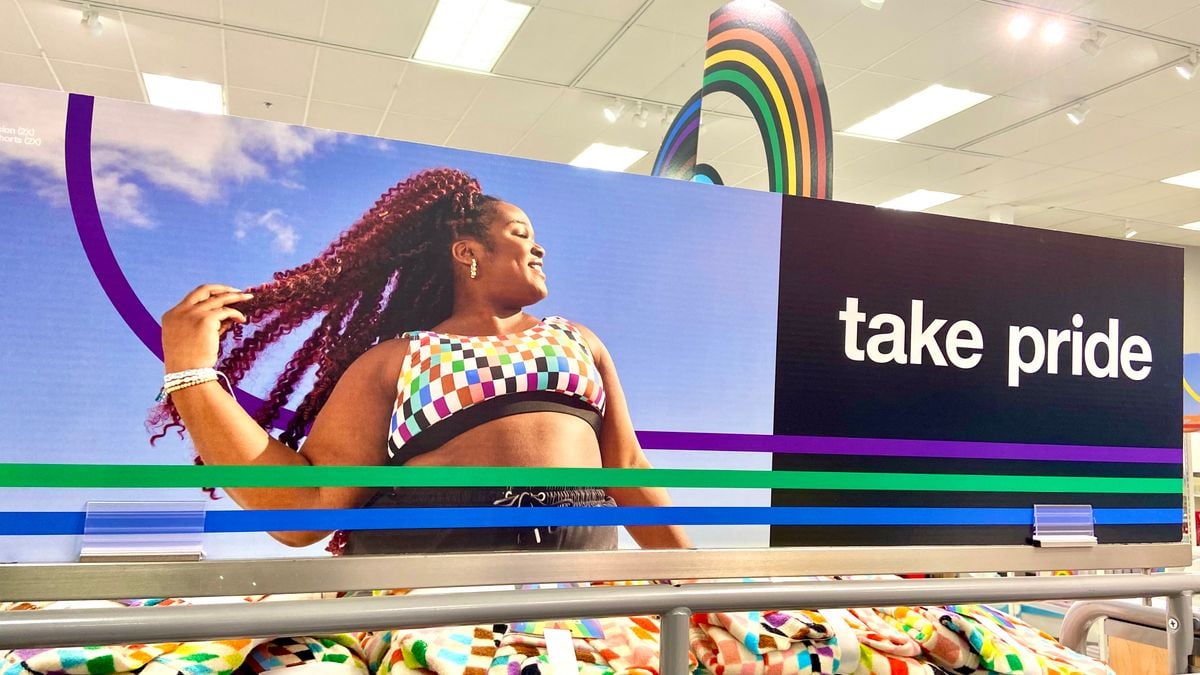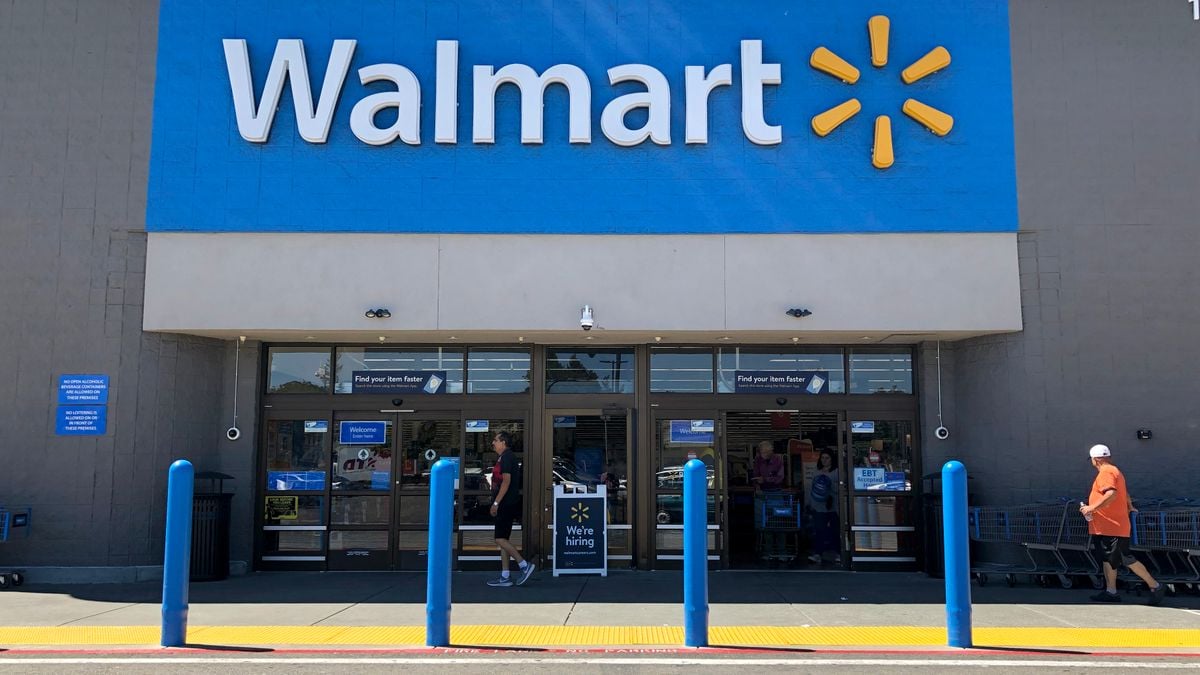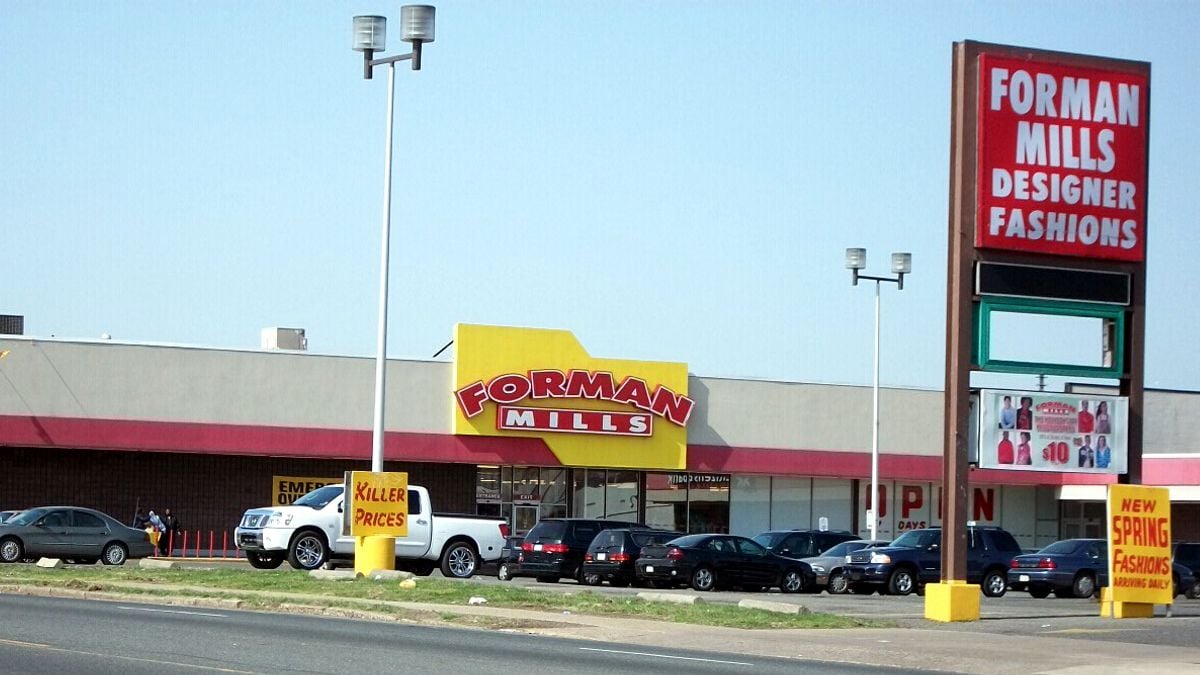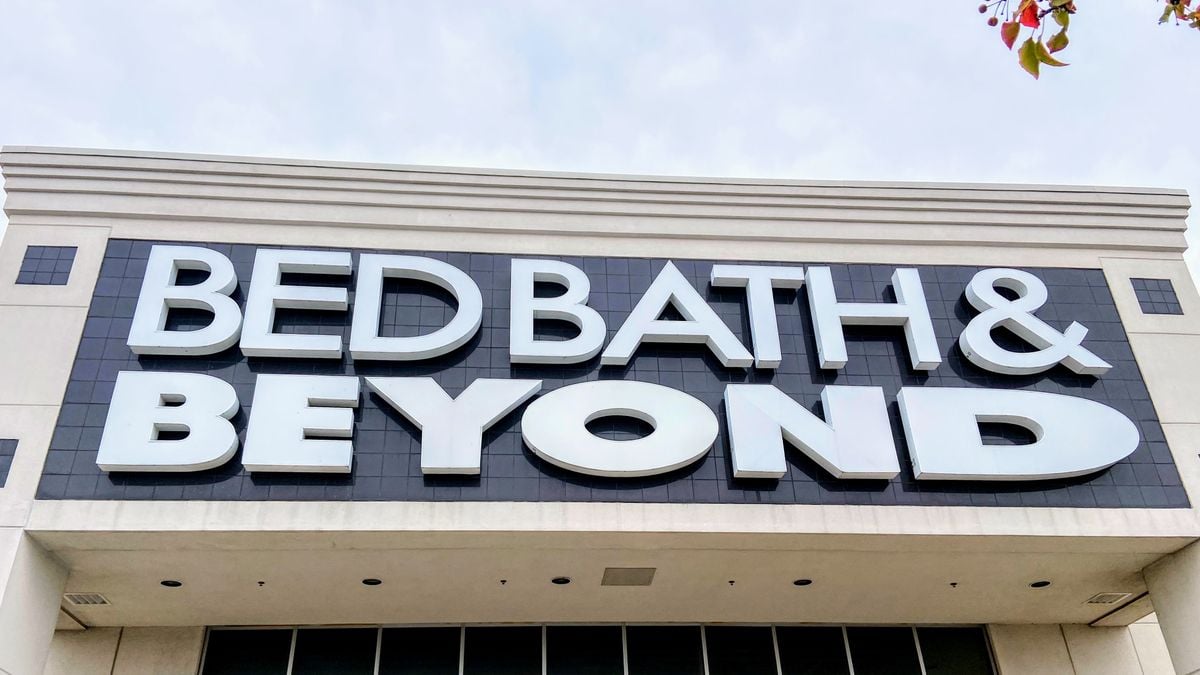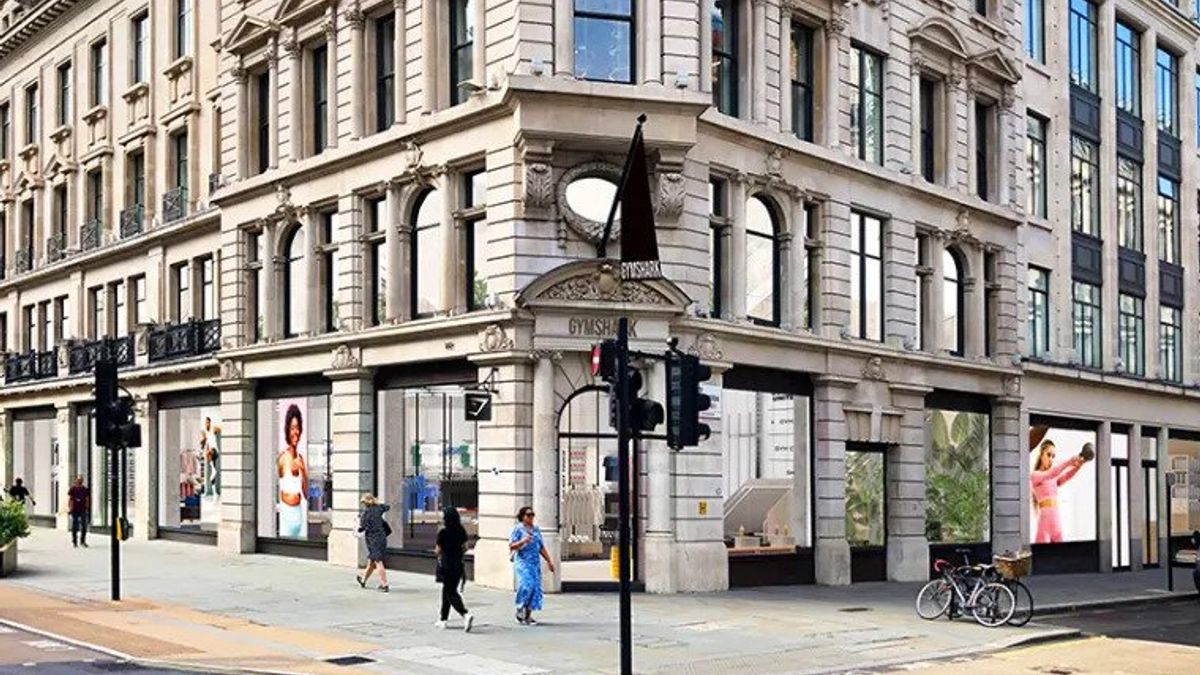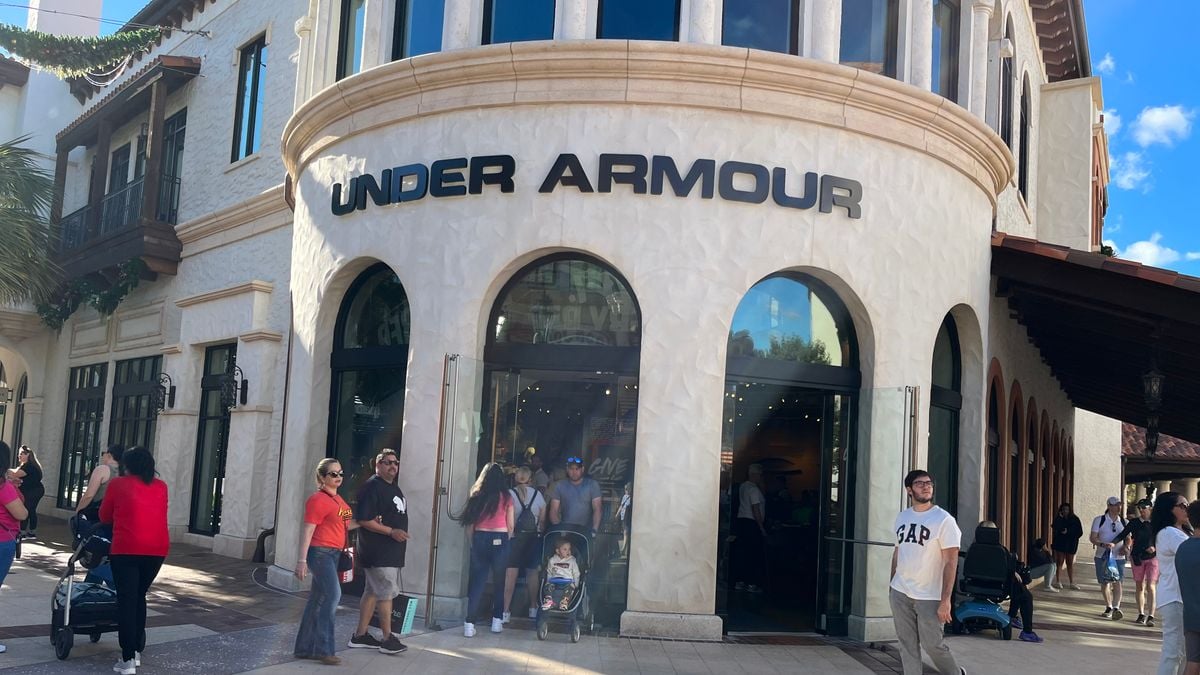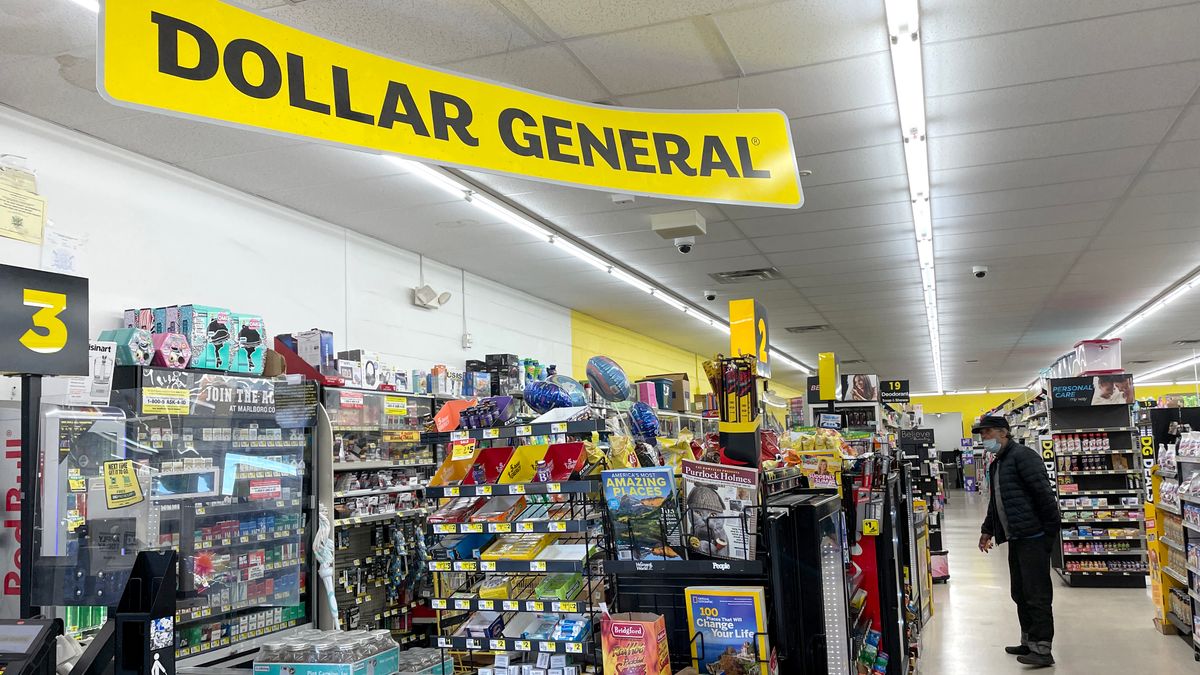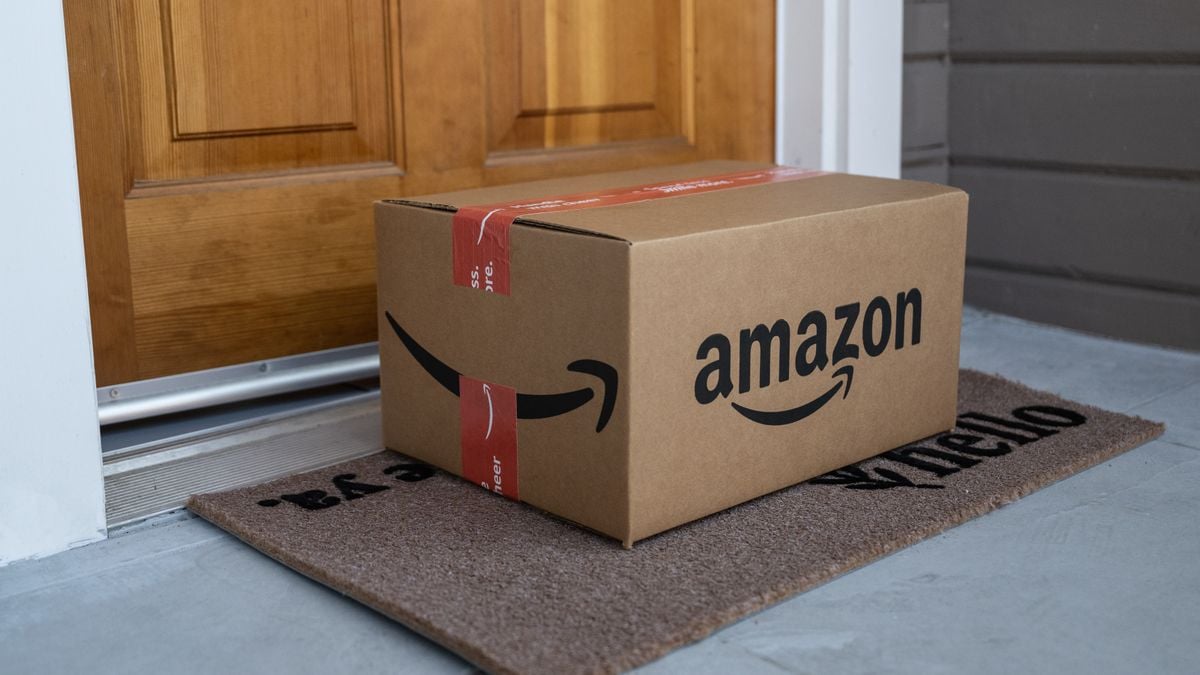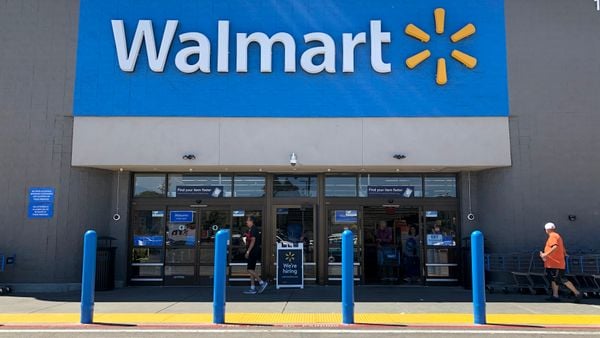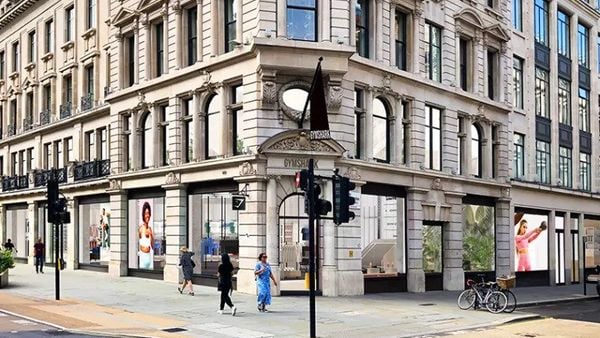Editor's note: The following is a guest post from David Ritter, a managing director, and Conor Gaffney, an associate in the consumer and retail group, at global professional services firm Alvarez and Marsal. They can be reached at [email protected] and [email protected], respectively. Views are the authors' own.
It's no secret that U.S. retailers have struggled immensely to fill employment gaps and maintain staffing levels as store traffic has returned in recent months. According to recent U.S. Bureau of Labor statistics, after significant growth in June — up by 67,000 — retail hiring flattened, then decreased in July (down 6,000) and August (down 29,000).
At a macro level, the number of individuals employed by retail companies still sits about 300,000 workers below pre-pandemic levels, despite retailers' increasingly desperate attempts to hire additional staff.

With the critical holiday season approaching, this strategic challenge — which already looks for all the world like a great reset — will be exacerbated by seasonal hiring efforts. In response, large retailers including CVS, Walgreens Boots Alliance and Walmart are all increasing their minimum wages to attract workers.
Unfortunately, workers are not responding to these cues as they traditionally have, causing some companies to report that they will remain understaffed into the holidays. Why? For one main reason, most retailers are using an outdated hiring playbook — an approach with a critical lack in understanding of their current and future employees — and are, in turn, relying on the easiest lever in that playbook, minimum wage, in a misguided hope that staffing will eventually recover.

Why aren't higher minimum wages the answer?
A recent study of retail associates by retail operations platform Zipline found that a significant portion of retail workers have felt neglected and undervalued by their companies, especially during the pandemic. A staggering 42% of respondents indicated that they are considering leaving or planning to leave the industry following the pandemic. In April alone, 649,000 people quit their jobs in retail, the highest number on record.
In a world where Gen Z and millennials comprise nearly 50% of the full-time U.S. workforce, it is becoming increasingly clear, as older generations exit the labor market, that retailers don't understand the nuanced motivations of their younger employees. In a Gallup survey, Gen Z and millennials revealed that they most value an employer who cares about employees' well-being. They also want to work for an organization with ethical leadership, and they value diversity and inclusiveness in the workplace. Furthermore, younger generations want to be "appreciated for their unique contributions" and expect to be coached and developed in the workplace.
Are today's retailers really seeing the whole picture?
Given so much emphasis on higher minimum wages, it's difficult to believe that retailers are actually approaching the labor shortage with a balanced and targeted hiring strategy in mind. It is becoming increasingly clear that a holistic approach to redefining the full employee experience, specifically designed for the modern workforce, is required to get workers back in the door, to stay. To do this, retailers must fully understand who their employees are and what they look for in an organization, and then make prioritization trade-offs accordingly — a complete and balanced employee value proposition that includes:
- Compensation and benefits — Minimum wage is insufficient in today's world. More and more companies are now offering additional incentives such as profit sharing, bonus programs, and other benefits like tuition assistance and childcare.
- Flexibility and scheduling — Accommodating schedules and flexibility are a must. This can manifest itself through shorter shift lengths, non-traditional work weeks or easy-to-trade working hours.
- Training and personal development — On-the-job training, recurring skills-targeted instruction and career advancement opportunities are a must-have element for many younger employees.
- Working environment and safety protocols — Prioritizing the safety and well-being of employees is essential, especially in a post-pandemic environment. Employees look for passionate store managers who build a respectful and healthy culture.
- Culture, mission and purpose — Workers seek employers who unite employees through a common purpose, make strong investments in diversity and inclusion programs, and foster a productive and more egalitarian environment.
While the employee value proposition framework is common across retailers, specific brands must consider a range of inputs including company culture, customer expectations and employee motivations in order to develop a unique and differentiated approach tailored to them. For instance, employees at one retailer may value competitive hourly pay the most, while at another they may value schedule flexibility and lifestyle-friendly shifts the most. When properly designed and thoughtfully executed, an employee value proposition can be deeply authentic and flexible enough to appeal to the full range of a retailer's target employees with a diverse set of backgrounds, life situations, and interests.
How should retailers develop a comprehensive employee value proposition to win in the great reset?
Truly optimizing a retailer's employee value proposition typically begins by admitting that they have lost a degree of connection with their workforce and by having a deep passion to rekindle that connection. Using a structured approach can help retailers build a solid fact base, design a brand-tailored employee value proposition, and align their hiring and retention strategies to the preferences of present and future associates and customers.
There are several critical steps in optimizing an employee value proposition, including surveying and focus groups of current and future employees; deploying data, analytics and A/B testing in hiring and retention pilots; rolling out innovation in staffing (including gig partnerships); and even benchmarking competitor strategies. Fortunately, retailers that are willing to experiment and change have a wide range of options to create new strategies to recruit their future workforce.
Overall, the key for retailers is to understand that minimum wage is not enough and that a holistic approach to mapping their target employees' needs is essential to driving future success of retail networks and organizations as a whole. By prioritizing innovative ideas, planning for the future, and embracing an agile, war-room-like style in actualizing it, retailers will find success when it comes to recruiting and hiring the next generation of talent and winning in the great reset.


